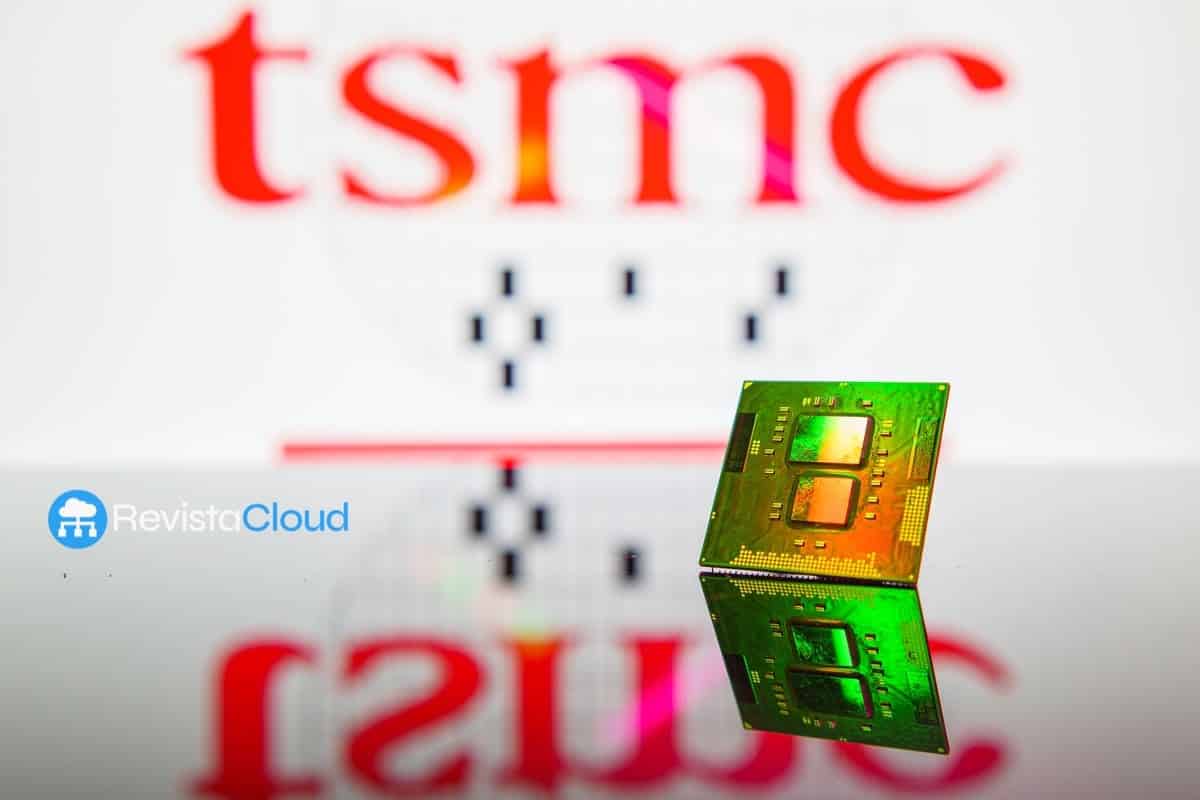The Taiwanese semiconductor giant, TSMC, has surprised the market with news that the production cost of 300 mm wafers in its new facilities in Arizona is only about 10% higher than in its factories in Taiwan. This minimal difference, considered small within the industry, dispels initial fears that predicted increases of up to 200% and strengthens the company’s strategic commitment to invest €165 billion in U.S. territory.
According to a report by TechInsights, based on the well-known Strategic Cost and Pricing Model developed by Scotten Jones, the real challenge does not lie in the manufacturing cost of the wafers but in other indirect factors, particularly those related to labor and equipment.
Labor, a marginal cost
Although labor costs in the United States can be up to 200% higher than in Taiwan, the high level of automation in semiconductor plants mitigates its impact. According to the analysis, labor accounts for less than 2% of the total production costs, making its influence on the final wafer cost minimal.
The weight of equipment in the final cost
The key lies in the equipment, which accounts for more than two-thirds of the total cost of each wafer. Investment in cutting-edge machinery levels the playing field between Arizona and Taiwan, allowing TSMC to operate with sustainable margins on U.S. soil.
TSMC’s strategic move responds not only to cost considerations but also to a long-term vision: to establish a presence in the world’s largest consumer technology market. Leading companies like Apple, Nvidia, and AMD, TSMC’s main clients, are increasingly demanding local production to reduce risks in the supply chain.
An unprecedented investment
The €165 billion investment announced by TSMC represents the largest foreign investment in U.S. history and positions Arizona as one of the global epicenters for advanced chip production. The company has shown that, beyond the statements of founder Morris Chang, who at one point described production in the U.S. as “financially impractical,” current conditions and geopolitical needs make the operation viable.
Future outlook
While Intel continues to struggle to remain competitive in the race for lithographic nodes, TSMC solidifies its position with unparalleled production capacity. The opening of new plants in Arizona not only provides strategic support to U.S. policies aimed at regaining technological sovereignty but also ensures TSMC preferential access to major chip manufacturing contracts in the near future.
In summary, the 10% cost difference is not an insurmountable obstacle. Everything points to TSMC making a brilliant move, securing a local presence in the world’s largest market without jeopardizing its profitability or leadership.
Source: El chapuzas informático

